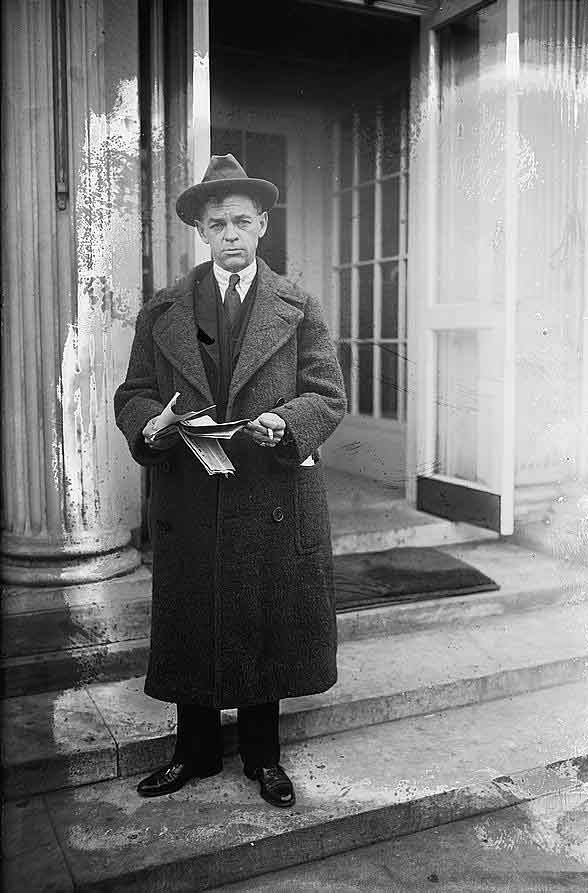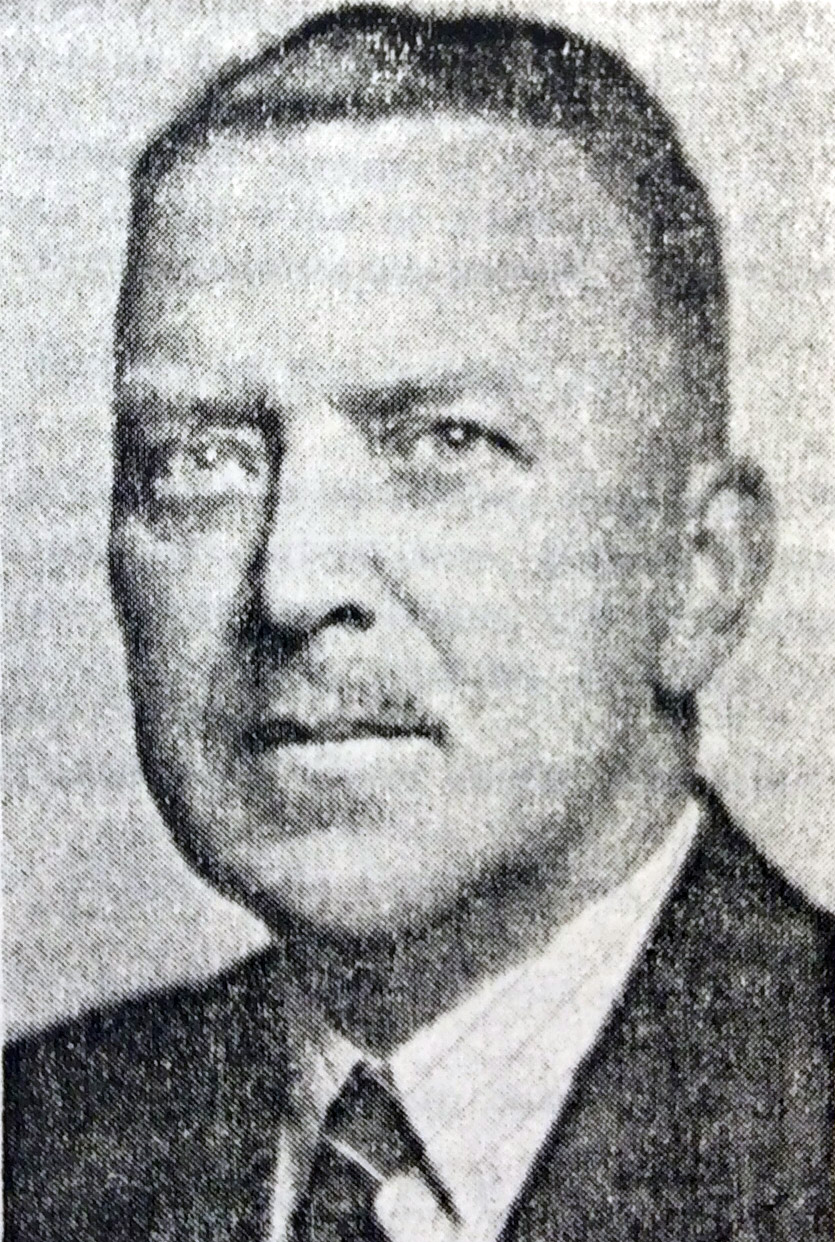
Stanley Washburn,1916
(Passport Application)
Find a Grave

Major Stanley Washburn, 1923
Library of Congress
Stanley Washburn [1878–1950]
b. 1878 — Minneapolis, Minnesota, USA
d. 1950
Journalist. Was born at Minneapolis, Feb. 7, 1878; son of William Drew and Elizabeth M. (Muzzy) Washburn. Educated at Williams Colloge, Mass., class of 1901, also short time at the Harvard Law School. Received degrees: A.B.Honorary Member Japanese Red Cross Society: Decorated by Emperor of Japan with order of the Imperial Crown. Was in local journalism in Minneapolis from 1901 to Jan., 1904, serving as police reporter, market editor, Sunday editor and editorial writer. Went to the Far East and became special war correspondent of the Chicago Daily News, commanding their despatch boat Fawan for four months in front of Port Arthur, being twice captured by the Russians. Later jointed the Third Japanese Army under Nogi at the siege of Port Arthur. Covered a war scare in the Balkans, and in 1905 (Jan.) was at St. Petersburg for the Revolution. Rejoined Army in Manchuria, where he remained until end of hostilities. Commanded despatch boat France in the Black Sea during late fall of 1905, on the occasion of Russian Revolution, carrying dispatches and mails for four powers and bringing out cargo of refugees from Batuum, then in state of anarchy. Occasional contributor to magazines. Member Delta Psi Fraternity, Masons, Minneapolis Club, Commercial Club and numerous other organizations.
Buried in Arlington National Cemetery, Virginia, USA, tombstone inscribed:
“Major, U. S. Army, Lt. Col. Military Intelligence Reserves.”
Author of several books, including Trails, Trappers and Tenderfeet in the New Empire of Western Canada, chronicling trips in the Yellowhead Pass area in 1901 and 1909. Stanley’s friend psychologist Lydiard Horton, his classmate at Williams, was the “Mountain Philosopher” of Trails Trappers and Tenderfeet.
- Motter, H. L. The International Who’s Who: Who’s Who in the World 1912. A Biographical Dictionary of the World’s Notable Living Men and Women. New York: International Who’s Who Publishing, 1911 Google Books p. 1072
- Stanley Washburn papers M350 (1912–1923). Whyte Museum
- 1901 Stanley Washburn YHP
- 1909 Washburn YHP
- — Trails, Trappers and Tenderfeet in the New Empire of Western Canada. New York and London: Henry Holt, Andrew Melrose, 1912. Hathi Trust
